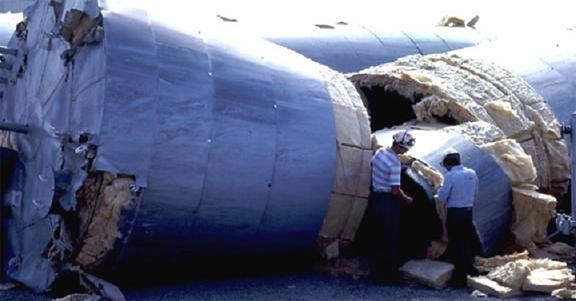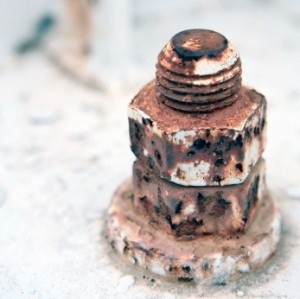Failure Analysis
Failure analysis, corrosion analysis, and root cause failure analysis help engineers identify the root causes of failures and develop preventive measures to reduce their occurrence. It also provides a basis for designing new systems and improving existing ones.
How does failure analysis help prevent corrosion?
Corrosion is a major cause of failure in engineering systems. The term comes from the Latin word corrusco meaning “to eat away at” or “to corrode.” In other words, corrosion eats away at metal parts over time.
You’ve probably heard of these terms before, but do you really know what they mean? How important are they to your company?
When you get a problem at work, the first thing you should do is try to fix it. If you don’t succeed, then you should try to figure out why it happened. This is called Root Cause Failure Analysis (RCFA). RCFA helps you identify the cause of problems and prevent them from happening again.
A root cause failure analysis is a systematic way of identifying and analyzing the causes of a particular type of problem. The method involves looking closely at each step in the chain of events leading to the failure.
RCFA is a powerful technique for identifying the root cause of a problem. It also provides a framework for developing preventive measures. In addition, RCFA can help you improve your skills and knowledge.
Corrosion Analysis
Corrosion is the deterioration of metal caused by exposure to oxygen or water. This can cause problems such as rusting, pitting, oxidation, and corrosion fatigue. If left untreated, corrosion can cause structural damage, premature failure, downtime, and even danger.
Root Cause of Failure Analysis
A root cause analysis (RCA) is a systematic approach to identifying the causes of a problem and eliminating them from the system. The goal is to identify the root causes of the issue and eliminate them. RCA is critical to solving complex issues.
Why is failure Mode and Effective analysis conducted for an engineering problem?
As the standards of our industry rise due to increasing globalization and competition, there is an ever-growing need for consistency and reliability. The breakdown of any unit, system, or equipment is an avoidable and costly occurrence and must be prevented or minimized. Analysis of such failures becomes a resourceful and affordable tool for addressing such unwanted occurrences.
To establish whether the cause of component failure lay on:
a) Service conditions
b) Design considerations
c) Material and its specifications
d) Improper processing and assembly procedures or
e) Combinations of these.
Only the real “Root cause” can ensure the effectiveness of corrective and preventive actions and avoid the recurrence of failure.
Stages of Failure Mode and Effective Analysis
1. Understanding and assimilation of background data and selection of samples.
2. Examination and documentation of the failed part by the following
3. Visual examination of parts, location (if necessary), and relevant photographs as well.
4. Non-destructive testing by means of radiography, dye penetrant, magnetic particle testing, etc.

5. Mechanical Testing for various physical properties.
6. Vital specimens are selected, classified, and subjected to:
-
Macroscopic examination and analysis. This involves examining the fracture surfaces, secondary cracks, deposits, and other such elements
- Microscopic examination and analysis of fracture surface (by Scanning Electron Microscopy, if required).
7. Chemical analysis of material for conformation to specifications.
8. Chemical analysis of corrosion products, deposits, contaminants, etc.
9. The actual state of the failed part and the failure mode are established.
10. Fracture mechanics study, if necessary.

11. A simulation of the identical working environment to determine if any external factors have contributed to the failure.
12. Conclusions are determined after compiling all the evidence and analysis, and then the report is generated.
13. Follow-up recommendations are also provided.










